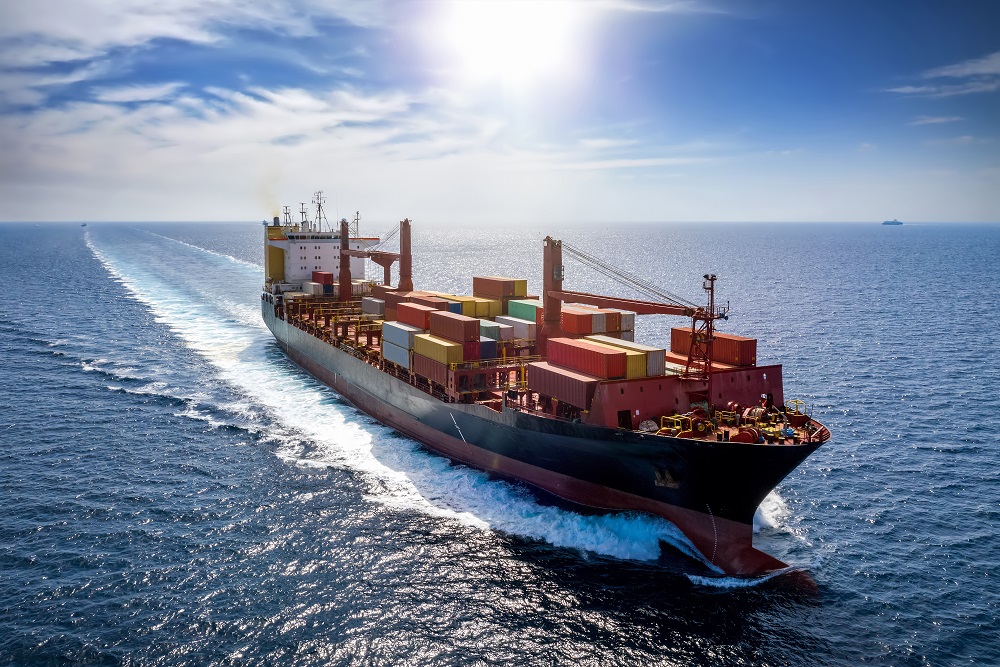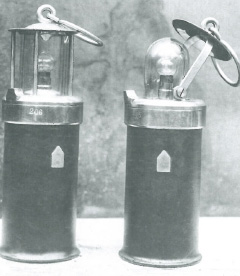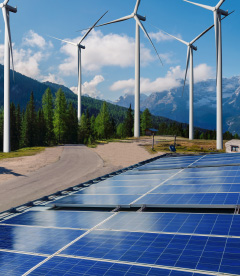Battery-Powered Ships? More Like the Future, but It’s Coming
Application
September 13. 2023
2 min.
The effort to reduce greenhouse gas emissions has to include shipping as well. Especially in long-distance transport, the use of renewable generation is quite problematic, but not impossible thanks to battery systems. Indeed, batteries are already in common use on ships in a wide range of roles.

One of the pioneers of autonomous vessels are researchers at the Massachusetts Institute of Technology (MIT), who have been developing and manufacturing aquatic robots for more than six years. These include a fleet of autonomous boats for Amsterdam such as the Roboat II, a 2-meter-long vessel capable of carrying passengers. Perhaps in just a few years, autonomous boats will be navigating most of the city's canals, and most of these vessels will be battery-powered.
However, huge container ships spend on average between 40 and 50 days at sea navigating between continents, and typically weigh around an astonishing 400,000 metric tons. In order to be powered solely by electricity, their batteries would have to be of gigantic, in practice unattainable, proportions. Electric propulsion is therefore more suited to small vessels such as the aforementioned Roboat, but also to larger ships such as ferries, which sail for mere hours and spend most of their time in ports.
On the waves of innovation
However, shipping also needs to be decarbonized, as it accounts for approximately 4 per cent of anthropogenic greenhouse gas emissions in terms of sulfur dioxide (SO), 2.6 per cent of CO2 and up to 6.6 per cent in terms of nitric oxide (NO). Still, greenhouse gas emissions from the shipping sector are expected to increase by 20 to 120 per cent by mid-century, depending on economic conditions. In spite of the International Maritime Organization (IMO) wanting to reduce emissions from shipping to net zero until 2050.
However, if large vessels cannot do without burning the very polluting heavy fuel oil, we can at least reduce its consumption significantly. Suitable renewable energy systems include soft sails or rigid wings, rotors, kites and conventional wind turbines to harvest energy from the wind, but also photovoltaics, biofuels and devices capturing wave energy. As primary energy sources these may only be used on small vessels, but they also have considerable potential on large ships.
For example, the use of energy from waves, tides and the flow of water around the hull of the ship, which is driven by special turbines, is not yet widespread in practice. But engineers have integrated a very innovative system of such turbines into the hull of the second version of the Kriso Very Large Crude Carrier (KVLCC2), at least on the drawing board. Using numerical investigations based on computational fluid dynamics (CFD), they then analyzed the effect of this interconnection on the hull's drag performance, resulting in a net excess power gain of approximately 15-17 percent.
Useful in many ways
However, especially larger ocean-going vessels are already using batteries, traditionally mainly lead acid and more recently also Li-ion batteries. But as well nickel-cadmium batteries are often used because of their high discharge rate, extremely long lifetime and ability to operate at low and high temperatures without the need for sophisticated temperature control systems.
On board ships, batteries are of course used as a backup or uninterruptible power source (UPS), but also in many other roles including as spinning reserve. Most large vessels have multiple generators that are in operation simultaneously in case one of them fails. But this is disadvantageous from an efficiency point of view. Batteries allow any shortage of power to be quickly compensated for, so it is sufficient to keep fewer generators running while maintaining a constant capacity, which also reduces fuel consumption.
Similarly, battery systems can also be used to regulate operational peaks, especially a sudden need for more power. Internal combustion engines generally operate most efficiently when they are running at a constant level, so 5 to 20 percent fuel savings can be achieved by drawing energy from batteries instead of revving up the engines. But batteries are also used, for example, to recover the energy released when lifts or cranes are lowered, and increasingly in combination with renewable generation. And it is this application that has the greatest potential for the future.
Related articles
Why Stabilizing the Grid can be done so Efficiently with Batteries
March 27. 2025
2 min.
View moreElectric Buses on the fast Track
March 4. 2025
2 min.
View moreEasy Riding with Battery Power
February 13. 2025
2 min.
View moreMaking Water Flow with Batteries
November 8. 2024
2 min.
View more



